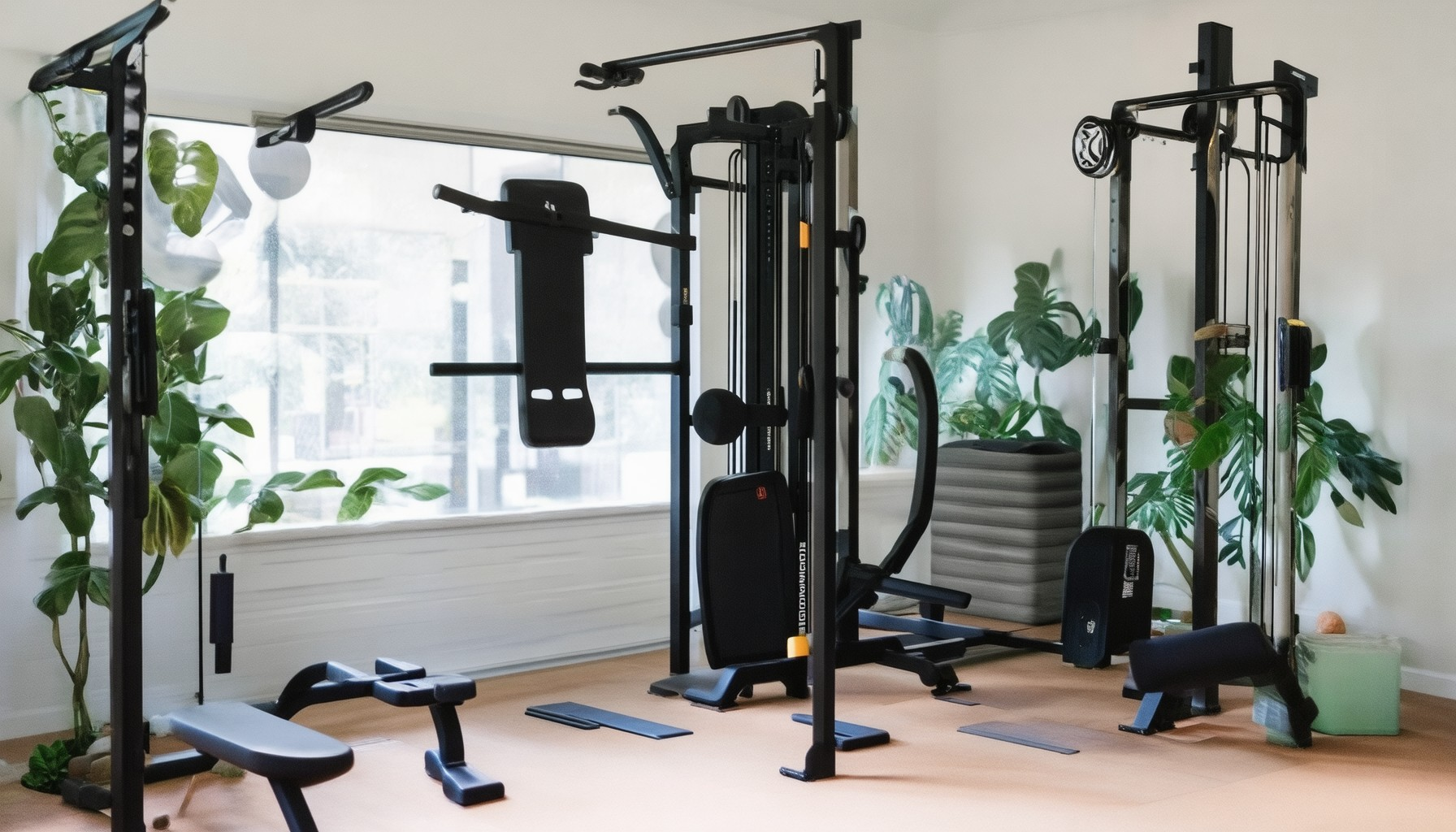Building a cost-effective workout space at home has never been more appealing, especially when considering the rising expenses of traditional gym memberships. For those seeking an affordable solution to maintain fitness without breaking the bank, **cheap home gym equipment** offers a practical and versatile alternative. Whether you’re looking to save money, gain flexibility in your workout routine, or simply create a dedicated space in your home, this guide explores how to build a functional and budget-friendly home gym. From compact equipment setups to all-in-one machines designed for maximum efficiency, we’ll delve into the essentials, helping you make informed decisions about your home gym setup. Discover how affordable fitness solutions can transform your space into a personalized workout area, catering to a wide range of exercises and fitness goals. With the right equipment and a well-planned layout, you can enjoy the benefits of a home gym without the high costs traditionally associated with gym memberships. Explore the best options for **exercise equipment for home**, learn how to optimize space, and uncover the long-term savings that come with owning quality workout gear. This guide is your ultimate resource for creating a cost-effective home gym that fits your lifestyle and budget.
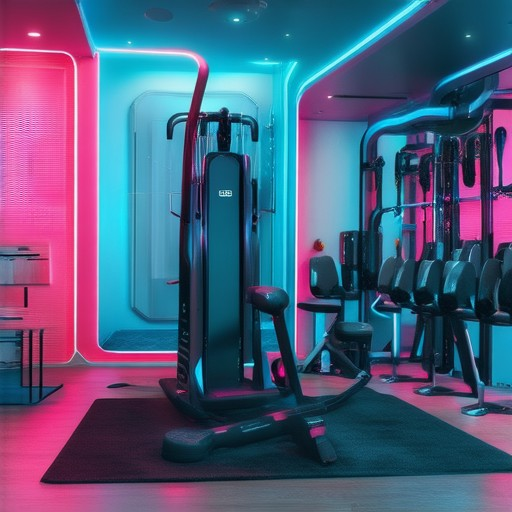
What’s a Good Budget for a Home Gym?
A home gym can be built within a variety of budgets, depending on your preferences and needs. Here’s a breakdown of the typical cost ranges:
Budget Range 1: Compact Setup ($1,000 – $2,000)
- Flooring and lighting: $500 – $800
- Basic equipment (e.g., compact treadmill, weights, barbell): $800 – $1,200
- Storage solutions: $300 – $600
- Accessories (mirrors, TV mount): $200 – $500
Budget Range 2: Full Setup ($2,000 – $5,000)
- Flooring and lighting: $800 – $1,200
- Premium equipment (e.g., high-end treadmill, full weight set, power rack): $1,200 – $2,000
- Storage solutions: $400 – $800
- Advanced accessories (sound system, cooling fan): $100 – $300
Optional Upgrades: Consider adding $300 – $700 for extra features like a multi-functional trainer, storage units, or custom shelving.
For a more economical approach, explore used equipment or D.I.Y. projects to reduce costs further. Plan according to your usage frequency and desired amenities to maximize functionality within your budget.
What Do I Need for a Basic Home Gym?
To create a functional and motivating home gym, consider the following essentials:
Space and Setup
- A dedicated area in your home with enough space to move freely.
- Flooring: Rubber flooring or exercise mats to prevent damage and noise.
- A wall mirror for tracking progress and motivation.
- Good lighting, such as fluorescent or soft LED lights, for visibility and ambiance.
Equipment
- Resistance bands for versatility in workouts.
- A pull-up bar for strength training.
- Dumbbells for weightlifting and resistance exercises.
- A yoga mat for comfort during yoga or stretching sessions.
- An exercise bike for cardio and core workouts.
- A bench with lightweight weights for strength training.
- A jump rope for effective cardio routines.
Convenience and Storage
- Shelves or cabinets for storing equipment to keep the area tidy.
- A water bottle to stay hydrated during workouts.
- A wall clock or timer for tracking workout duration and intervals.
- A smartphone or tablet with fitness apps for guided workouts.
Organization and Aesthetics
- Install pegboards or hooks for hanging accessories like towels and water bottles.
- Keep the space clean and organized to maintain motivation.
- Consider adding motivational quotes or artwork to inspire you.
By equipping yourself with these items and organizing your space thoughtfully, you’ll have a convenient and inspiring home gym setup that encourages regular use.
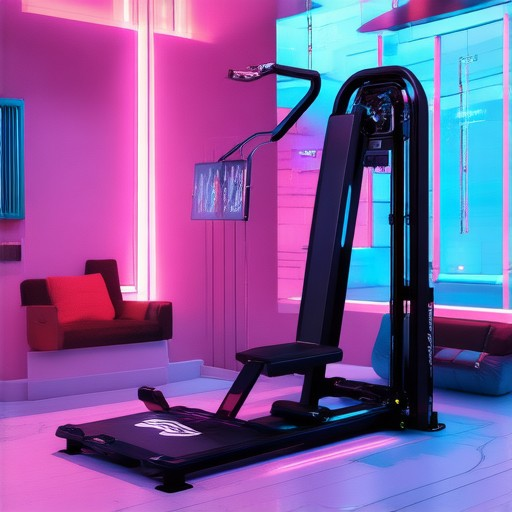
Is It Cheaper to Build a Home Gym or Pay for a Gym Membership?
Determine whether building a home gym or paying for a gym membership is more cost-effective based on upfront and recurring expenses.
Building a Home Gym
- Initial Investment: Purchasing fitness equipment can range from $500 to $3,000+, depending on quality and needs.
- Maintenance: Includes replacements and repairs, adding annual costs.
- Space Requirements: Requires adequate area, potentially limiting its feasibility.
- Setup Time: Requires assembly and organization.
Gym Membership
- Average Monthly Cost: Ranges from $20 to over $100, influenced by location and gym type.
- Promotions: Often available through platforms like 35OrLess for discounted rates.
- Convenience: Access to various classes, facilities, and social amenities.
- Flexibility: Can choose tiered memberships based on usage frequency.
Comparison
- Upfront vs. Recurring Costs: A home gym offers a one-time expense, while gym memberships incur ongoing fees.
- Long-Term Savings: Building a gym may be cost-effective over several years, though maintenance and space are considerations.
- Social and Motivational Factors: Gyms offer community support and varied workout options, which a home gym may lack.
Hybrid Approach
- Combine home gym for preferred workouts with gym membership for diversity and social aspects.
Tips for Cost Efficiency
- Shop Smart: Look for budget-friendly equipment deals on 35OrLess .
- Consider Second-Hand: Buy used equipment to reduce costs.
- Compare Promotions: Explore gym membership discounts available through 35OrLess .
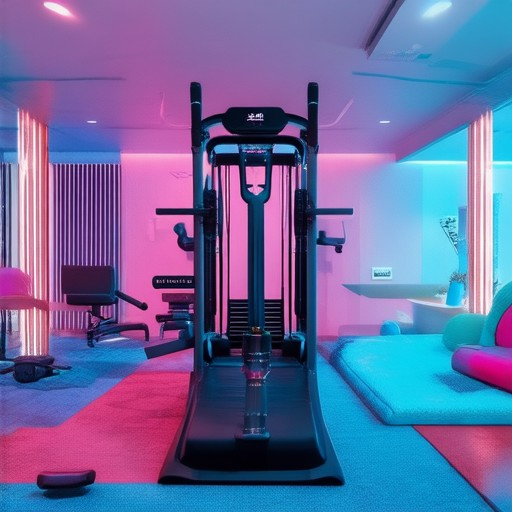
Is It Worth Buying Home Gym Equipment?
Determining whether to invest in home gym equipment involves evaluating several factors, including cost-effectiveness, usage frequency, workout preferences, and space considerations. Here’s a structured analysis:
Cost Considerations
- Upfront Costs vs. Monthly Fees: Home gym equipment can be costly initially, but may prove economical over time if used frequently. Gym memberships, while offering convenience, can accumulate monthly expenses.
- Budget-Friendly Options: Look for compact equipment or curated deals, such as those featured on platforms like 35orless.com, which offer affordable options without compromising quality.
Usage Frequency
- Frequent Use: For daily workouts, home equipment offers flexibility and eliminates the need for monthly gym fees.
- Occasional Use: If gym visits are occasional, a membership might be more cost-effective unless you plan to use equipment regularly.
Workout Preferences
- Cardio vs. Weight Training: Choose equipment suited to your preference, such as a treadmill for cardio or a weight bench for strength training.
- Durability and Maintenance: Opt for durable materials to minimize replacement costs and ensure longevity, reducing long-term maintenance concerns.
Space and Setup
- Space Requirements: Ensure adequate space for equipment setup to avoid clutter and ensure comfortable workout sessions.
- Setup Effort: Consider ease of assembly to avoid initial hassle and potential damage to equipment.
Additional Considerations
- Accessories and Enhancements: Explore complementary items like resistance bands or yoga mats to maximize workout effectiveness and comfort.
- Community Insights: Engage with forums or communities for recommendations and reviews on effective home gym setups.
Conclusion
Buying home gym equipment is worthwhile if you foresee frequent use and can manage the initial investment. For less frequent use or preference for convenience, gym memberships remain a viable option. Check 35orless.com for deals on quality equipment that fit your fitness goals.
The Most Effective Home Gym Equipment
When setting up a home gym, having the right equipment can significantly enhance your fitness routine. Here are some of the most effective pieces of equipment that every home gym should have:
- Dumbbells : Dumbbells are versatile and widely used for strength training. They allow you to perform exercises like bicep curls, tricep push-ups, and squats. Choose a set that matches your weight capacity, such as those available from Amazon .
- Resistance Bands : These are excellent for bodyweight exercises and can be used for stretching, pulling, or pushing movements. They are compact and portable, making them ideal for home use. Look for high-quality resistance bands from brands like Walmart .
- Yoga Mat : A yoga mat provides cushioning and support during floor exercises like yoga, Pilates, or planks. Opt for a thick, durable mat from Macy’s for added comfort.
- Weight Bench : A sturdy weight bench is essential for strength training. Consider models from Best Buy that fold for easy storage and come with adjustable height settings.
- Jump Rope : Jump ropes are great for cardiovascular exercise and can be used for calorie burning. Find a lightweight, durable jump rope from Target for efficient workouts.
- Exercise Balls : Exercise balls are useful for core strengthening and balance exercises. They are available in various sizes, with options like those sold at eBay .
- Medicine Ball : Medicine balls are versatile tools for functional training. Look for ones with anti-slip surfaces, such as those found at Dick’s Sporting Goods .
- Storage Solutions : Proper storage for your gym equipment helps keep your space organized. Consider using Container Store products to keep everything tidy and accessible.
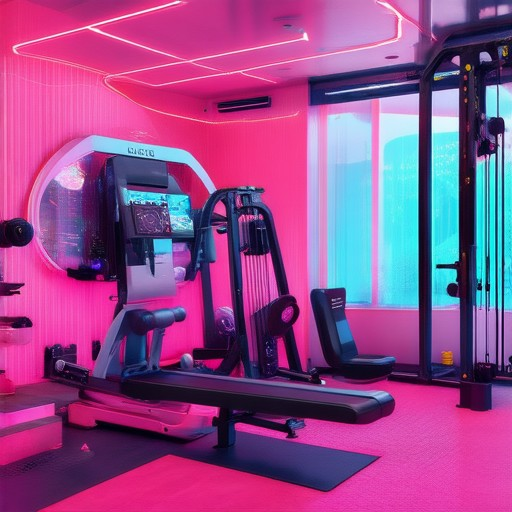
Does a Home Gym Increase House Value?
Whether a home gym increases house value depends on several factors:
- Condition and Quality : A well-built, functional gym can enhance value, whereas poor construction or lackluster facilities may not. High-quality materials and modern amenities are key to adding value.
- Location : The impact may vary by neighborhood. In areas where fitness is valued, a gym could boost appeal, while in others, it might not be as desirable.
- Storage Solutions : Buyers often prefer spaces free from clutter. Storing excess equipment during the sale can help present a more spacious image.
- Staging : A staged gym can make the home more attractive. Real estate agents may suggest temporary removal of equipment to highlight the area’s potential.
- Home Layout : Gyms integrated into adaptable spaces, like spare bedrooms, can be more appealing, offering flexibility in how the space is utilized.
- Target Demographics : Sellers should consider if their area caters to families or active individuals seeking convenience.
- Market Appeal : Subjective preferences mean not all buyers may value a gym, so sellers must weigh costs against potential benefits.
For tailored advice, consult a real estate professional familiar with local market dynamics.
Learn more about optimizing your home’s value.

